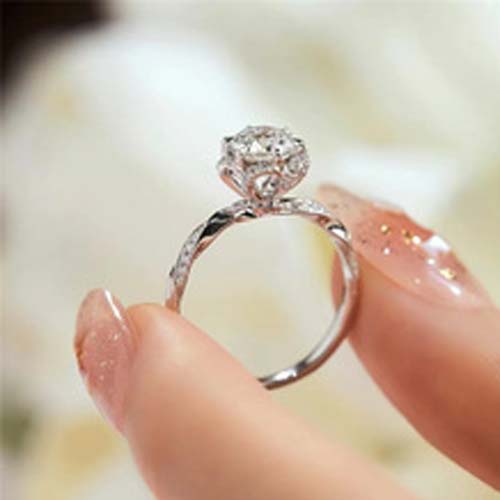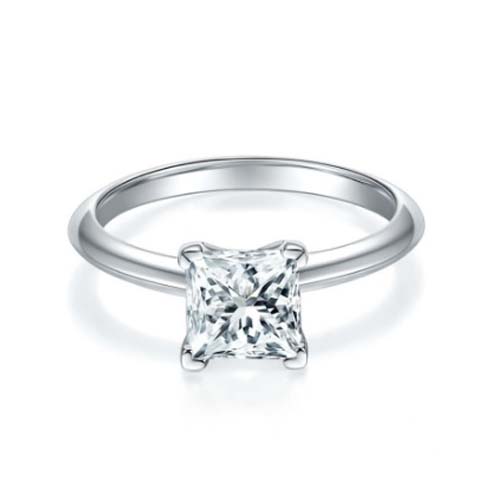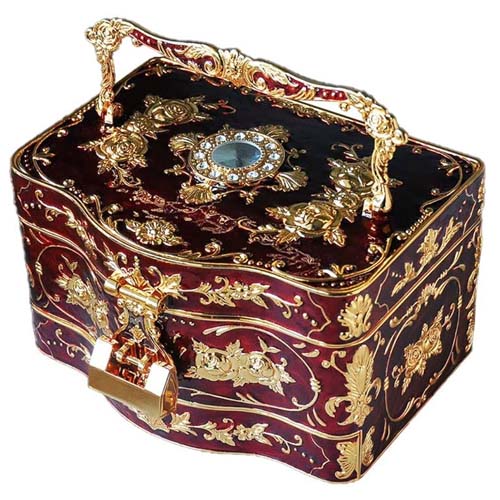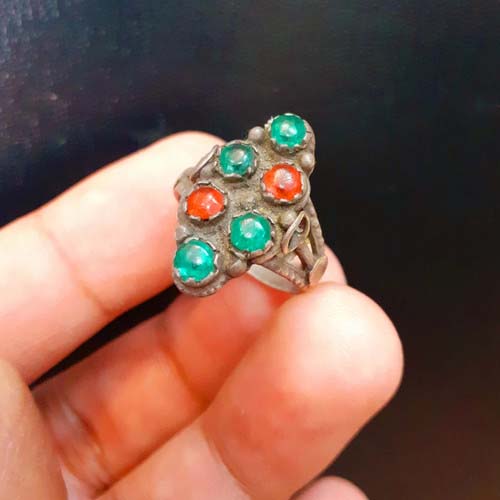Jewelry boxes have long been prized for their aesthetic and sentimental worth in addition to their practical use. Among the many options, Jewelry Box Designer with distinctive and vintage designs stand out as classic treasures. These beautiful items are antiques that tell tales, arouse feelings, and enhance the craftsmanship of jewelry itself, making them more than just storage options.
A Look Back at History
Antique jewelry boxes provide glimpses into the materials, craftsmanship, and design sensibility of their respective times. Every piece, whether it’s the sleek elegance of Art Deco designs or the elaborate carvings of Victorian-era boxes, tells a tale about its history and the people who once treasured it. The luxury of the Renaissance, for example, was reflected in the jewelry boxes’ frequent use of gilded embellishments, ivory inlays, and intricate carvings. In the meantime, porcelain and enamel designs gained popularity in the 18th and 19th centuries, giving these mementos a delicate, romantic allure.
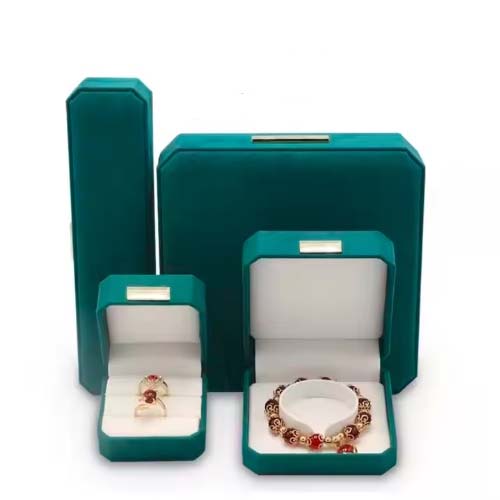
Materials That Make a Big Statement
The attractiveness of vintage and distinctive jewelry boxes is greatly influenced by the materials they are made of. These boxes were frequently made from fine woods like mahogany, rosewood, and walnut, which provide strength and a deep, organic look. To enhance their luxury, certain antique boxes were embellished with silver, tortoiseshell, or mother-of-pearl decorations. In addition to providing protection for priceless diamonds, the inclusion of velvet or silk linings gave the item a hint of luxury.
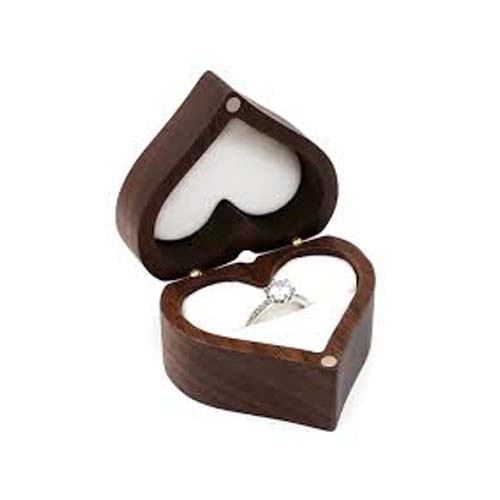
Materials like papier-mâché and lacquered wood were occasionally utilized, particularly in Asian designs. These boxes served as both a storage solution and a piece of art, frequently showcasing elaborate hand-painted depictions of flora, landscapes, or legendary monsters.
Distinct Designs That Engage
The variety of styles and structures found in jewelry boxes with antique and distinctive designs is one of their most alluring features. Some are fashioned like little treasure chests, replete with tiny locks and keys, while others have the appearance of sophisticated coffins or elaborate multi-compartment cabinets. A jewelry box’s form frequently reflects the purpose for which it is designed; for instance, larger boxes may include sections specifically designated for necklaces, bracelets, and brooches, while smaller ones may be made for rings and earrings.
Thematic aspects also exhibit unique designs. Some Jewelry Box Designer have designs of flowers, leaves, or animals that are inspired by the natural world. Architectural elements like Baroque scrollwork or Gothic arches influence others. Because of these unique features, every piece is genuinely unique.
The Craftsmanship Art
Antique jewelry boxes are a tribute to the artistry and commitment of their creators. These boxes were frequently handmade, guaranteeing careful attention to detail, in contrast to mass-produced goods. Often used to produce elaborate patterns and designs were techniques like engraving, marquetry, and inlay work. The box’s lifetime and functionality were guaranteed by the meticulous craftsmanship of even the smallest components, such as the hinges and locks.
Emotional Worth
Jewelry boxes, particularly those that are ancient, can have sentimental importance beyond their aesthetic appeal. They become family heirlooms that contain memories in addition to jewels and are often handed down through the generations. Because an antique jewelry box may still contain remnants of its previous owner, such as a forgotten item, a faded perfume, or an inscription on the lid, opening one can transport one back in time.
Gathering Antique and Distinct Jewelry Cases
The uniqueness and historical relevance of jewelry boxes with antique designs appeal to collectors. Every work serves as a window into the past, providing information about the artistic and cultural fads of the day. Pieces having provenance, such as those created by well-known craftspeople or coming from particular historical eras, are frequently sought after by collectors. The worth of the box is influenced by its materials, craftsmanship, and overall condition.
Online marketplaces, antique stores, and auctions are all markets for vintage jewelry boxes. Before making a purchase, it’s crucial to confirm the validity and make sure the box’s condition matches its cost. Restored pieces may also be an excellent choice for people who prioritize aesthetic appeal above historical veracity.
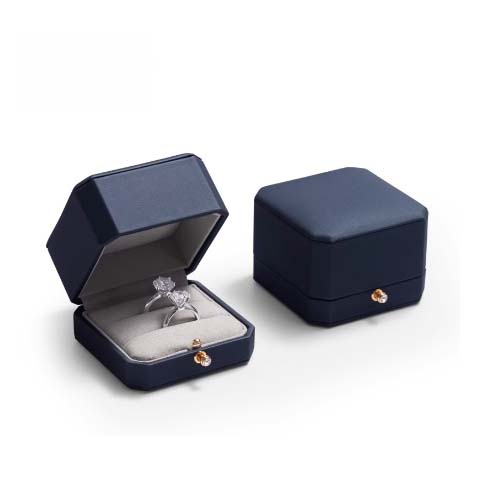
Contemporary Reinterpretations
The allure of jewelry boxes with historical designs has not been lost on contemporary designers, who frequently take inspiration from these classic works of art. Modern materials and techniques can be used to create jewelry boxes that have vintage-inspired features like velvet interiors, metallic embellishments, or intricate carvings. These reimaginings provide the ideal combination of contemporary utility and vintage charm.
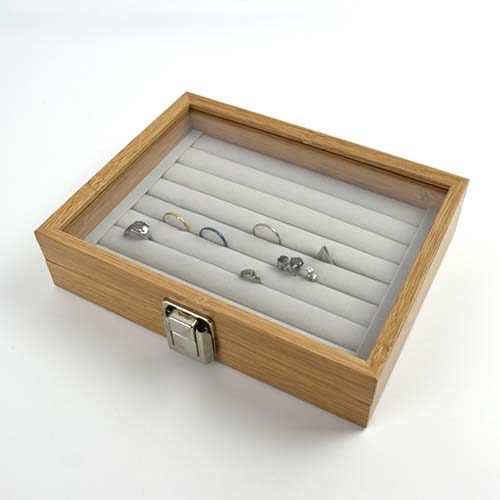
Taking Good Care of Your Treasure
Jewelry boxes that are unique or ancient must be properly cared for in order to preserve their integrity and beauty. Here are some pointers:
Cleaning: Avoid using harsh chemicals that could harm the finish and instead use a soft, moist cloth to clean wooden surfaces. The sheen of metal embellishments can be restored with a light polish.
Storage: To avoid fading or warping, keep your jewelry box out of direct sunlight and in a cool, dry location.
Repairs: To maintain the value of your box, think about having it professionally restored if the hinges are broken or the inlays are missing.
An enduring investment
Jewelry boxes with unique and vintage designs are timeless investments that blend beauty, workmanship, and history. They are more than just jewelry boxes. These boxes offer unmatched charm and significance, whether you’re a collector, a fan of classic design, or someone looking for a thoughtful present. They serve as a reminder that even the tiniest things can have enormous material and symbolic value.
The timeless appeal of vintage and one-of-a-kind Jewelry Box Designer is still unparalleled in a world when mass manufacture is taking over. These artifacts encourage us to value the craftsmanship of the past and treasure the tales they preserve for the future.

